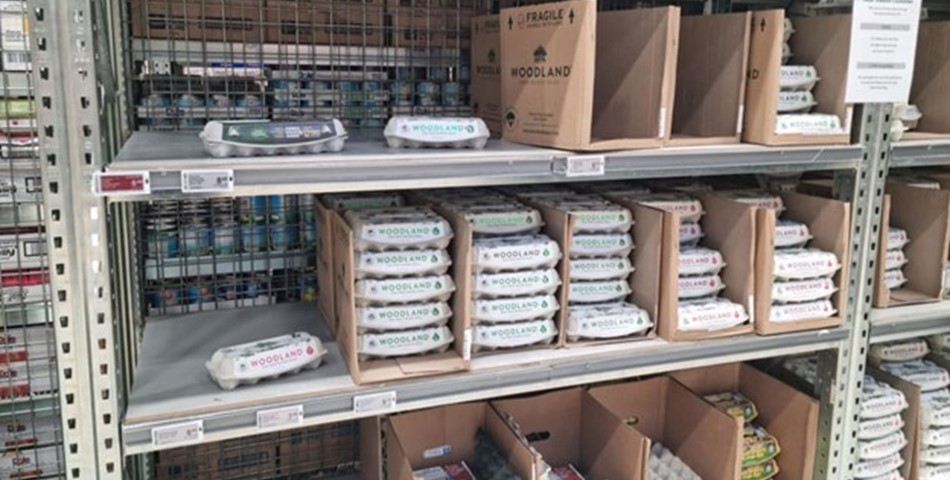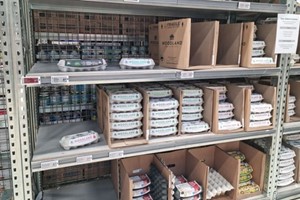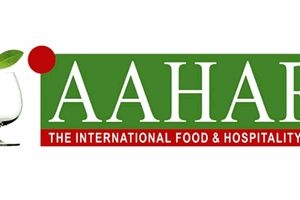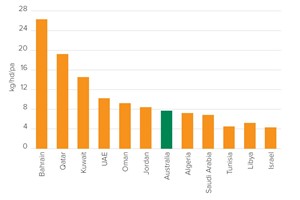Food prices have risen their fastest annual rate in more than 30 years driven by sharp increases in groceries, fruits and vegetables.
Stats NZ said food prices rose 1.5 percent in February on the month before, to be 12 percent higher than a year ago.
That was the highest food inflation rate since September 1989.
Fruit and vegetables drove the monthly increase, up close to 6 percent, with small rises for meat and groceries.
However, the annual increase was caused by a 12 percent gain in grocery prices, notably eggs, cheese and potato chips.
Fruit and vegetables prices increased by 23 percent over the year, with tomatoes more than doubling price and potatoes rising by half.
What's behind the prices?
Infometrics director and principal economist Brad Olsen told Midday Report high food prices were likely to stick around for some time yet.
"We know that a lot of this is down to the effects of Cyclone Gabrielle, and the hit it's provided to a number of our key food producing areas across Tai Tokerau, Northland, with the loss of kūmara for example, and then across the likes of Coromandel into Tai Rāwhiti, Gisborne, and then the Hawke's Bay with apples and leafy greens, tomatoes, all sorts coming through."
Filling the gap created by getting supply from other parts of the country, or even from other countries, would not be easy, he said.
Although the Green Party floated the idea of an excess profit tax on corporations as a possible part of the solution, Olsen said that was unlikely to happen and the timing now might not be ideal.
"We could well kick the idea around and see if it's worthwhile pursuing, but I think particularly when we look at the likes of banks for example, we know that a lot of the money they do make does eventually make it into some of their capital buffers. So if you penalise them too much, you could well actually have a weaker banking system out the other side."
Such a move was also highly unlikely to bring down inflation, Olsen said.
"I think there's a lot of other things that we could and should be looking at that would make more of a difference."
Analysis showed supply costs to supermarkets had risen considerably too, he said.
"For the likes of produce, across the board that increase is nearly 23 percent over the last year.
"It's quite understandable why as well. If you look down the supply chain to providers themselves, to on-farm expenses, which have risen nearly 15 percent over the last year and that's for everything from fertiliser to fuel, all the way through to packaging, and feeding costs and harvesting."
While supermarkets would be under pressure to ensure they were not reaping excess profits in these times, analysis from the Commerce Commission showed the return on capital that New Zealand supermarkets were making was comparable to some international supermarkets, Olsen said.
"If it's an issue with supermarkets, it's not necessarily New Zealand supermarkets, it's supermarkets worldwide."














